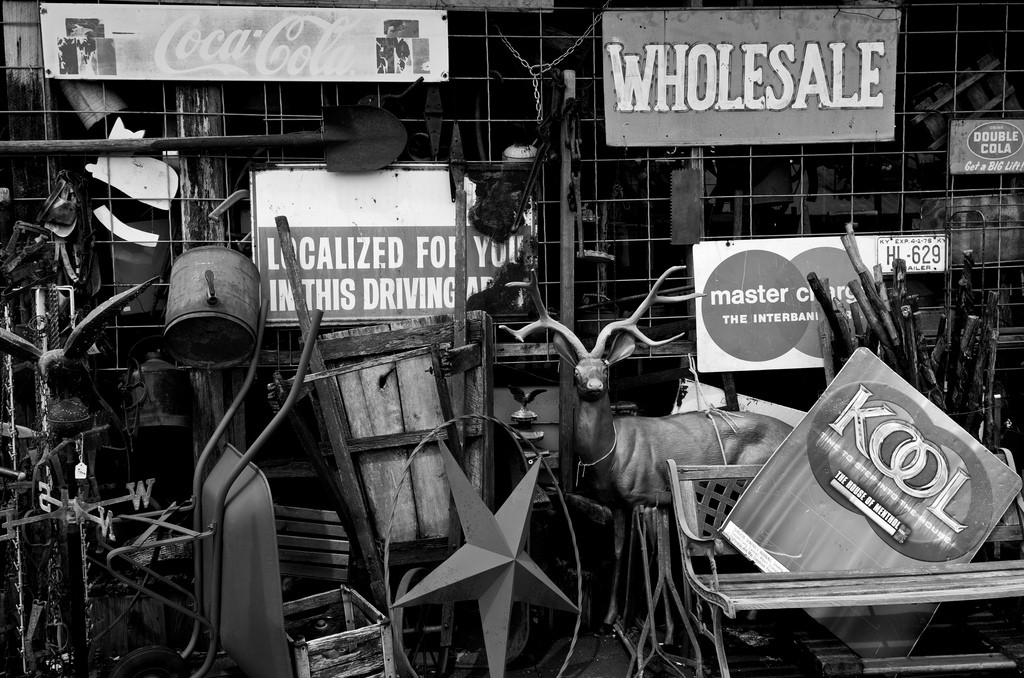We recently talked about how online merchants may want to consider wholesaling. But it isn’t like e-retailers can only choose one or the other – operating in both areas at the same time is a possibility. But just as wholesaling itself has some pros and cons, operating as both retailer and wholesaler has its own unique set of challenges.
Demanding Demand
Although becoming a hybrid of a business is fully achievable, the first main issue is inventory. Merchants doing both find themselves balancing two types of customers, businesses and your average consumer, and that means two forecasts that share the same inventory.
Not only will they share the same products, your inventory is destined to be pretty large. Wholesaling means you’re either creating or buying larger quantities of product to sell to retailers at a lower price. Combine that with retailing, and you’ll be forecasting demand for two types of customers – one of which is sure to be less reliable (the demand of your consumers).
Fortunately, once a retailer has worked with you over a period of time, you’re likely to understand just how much product they typically demand at a given time, helping better predict the inventory you’ll need, regardless of how uncertain consumer demand is. Plus, you have the power to set your own price by quantity, further stabilizing your forecasts.
Channel Conflict
That said, your greatest risk is agitating some of your customers: the retailers that you sell to.
Whenever a product is sold wholesale to a retailer, a price markup is applied so the wholesaler can cover costs while getting some profit. The larger the quantity being purchased, the lower the markup, which is why many large-quantity-buying retailers are preferred in many cases. After the retailer gets the product, they mark it up yet again to cover their own costs and profit.
Generally, selling directly to consumers not only gives you control of pricing, it also lets you keep prices lower. Instead of two markups by the time the product ends up in front of the customer, you’ve got only one — a markup that covers the merchant’s bottom line — making the product more affordable for the end-user.
The awkward issue is that you’ve potentially become a low-price competitor to the very retailers you’ve sold to. It’s possible to do both, but it’s very important that you maintain solid relationships with your retailers, ensuring that your direct customer sales aren’t cutting into your other customers’ (the retailer you’re selling to). If you begin selling directly to boatloads of customers, enough to become competition, it may be worth considering dropping the wholesale action, or selling your product to retailers at a price that’s at least lower than what you’re presenting to consumers.
Avoid Getting into a Hole
Obviously, any major business decision requires serious thought and an understanding of risks involved. Your choice ultimately hinges on which type of customer you want to focus on – retailer or consumer. To make a better-informed decision on whether or not to pursue wholesale, take a gander at these questions.
Will wholesale prices cover the cost to create or carry your products?
Before anything, you need to know that your bottom line is covered. Margins are law for merchants, so it’s important to ensure that your wholesale price point is enough to cover costs of getting the product and any other labor expenses.
Which is more important to you, retail or wholesale?
From a strategic perspective, this is a crucial question to answer. Handling both is like managing two businesses. Budgets and time are straddled between the two, and it’s a matter of delegating each to which is more important at a give time, retail or wholesale.
While it is possible to tackle both, a merchant dedicated to wholesaling is dedicated to servicing other retailers. Rather than focusing on the marketing aspect of things like you would with regular consumers, you’re all about ensuring you’ve got a solid supply of quality products that other retailers will tap into. You’re helping them grow their own businesses by having them rely on you for top-notch, affordable products.
If you’re more focused on retailing, it’s obviously all about selling that quality product to your average consumer, and that means a whole bunch of other stuff, like marketing and customer relations. Instead of counting on B2B relationships, you’re counting on having enough traffic to convert. Satisfied retailers are likely to continue purchasing from you, but the same can’t be said about a customer buying a one-off product. That makes customer acquisition and retention goal #1.
If you’re selling to both, will you be competing with the retailers you’re selling to?
As mentioned earlier, there’s a chance that you and the retailers you sell to will clash if you’re retailing on your own.
A good way to determine if you’re directly competing with the very retailers you’re selling to is by checking out their PPC advertising and keyword choice. Here’s a useful tool called SEMRush that’ll help you find out such information. There’s a solid chance that you’ll be competing with them, considering you’re selling the same product, and, if it’s confirmed, consider whether or not you’d be able to get these customers yourself as a retailer.
Do you feel you’ve got the power to convert them? If so, maybe you should start whittling away at the retailers you’re selling to and strengthen the retail side of things. Or would you prefer doing away with the marketing aspect of your business? If so, you may want to stick to wholesaling.
Image: Peter Rivera, Dominic Alves, Flickr




